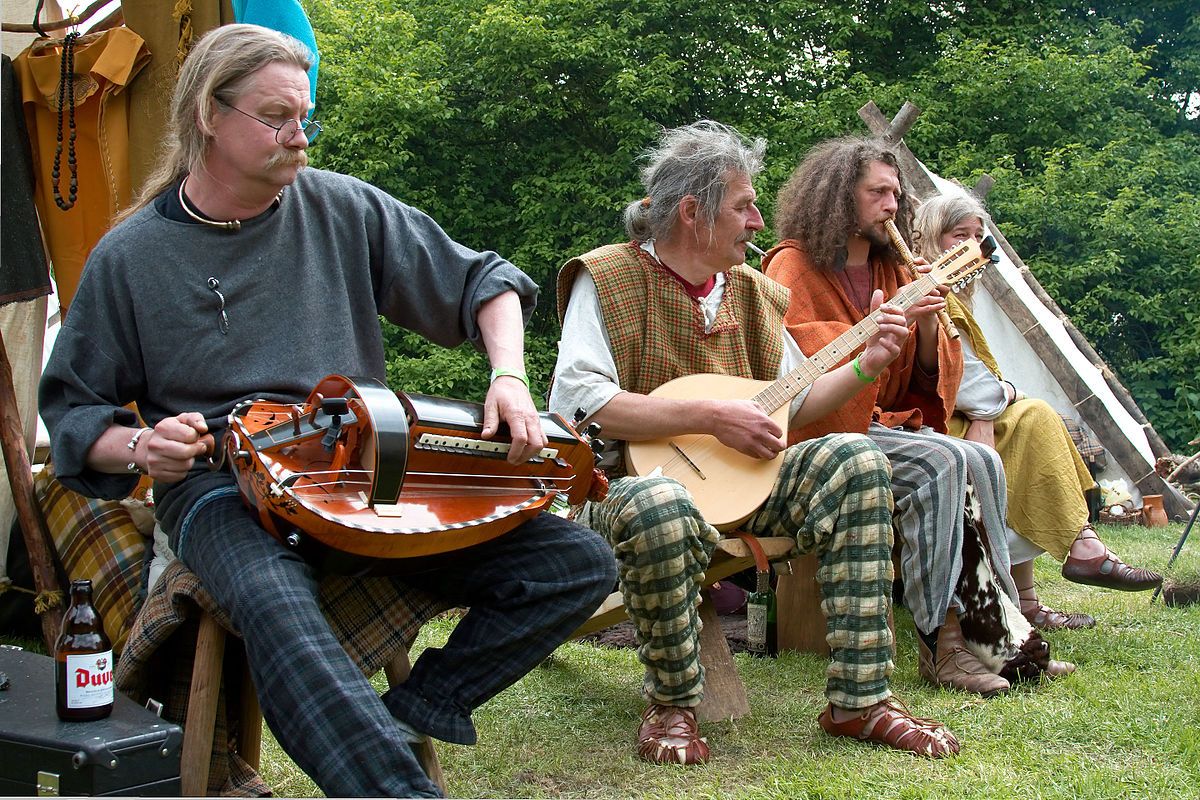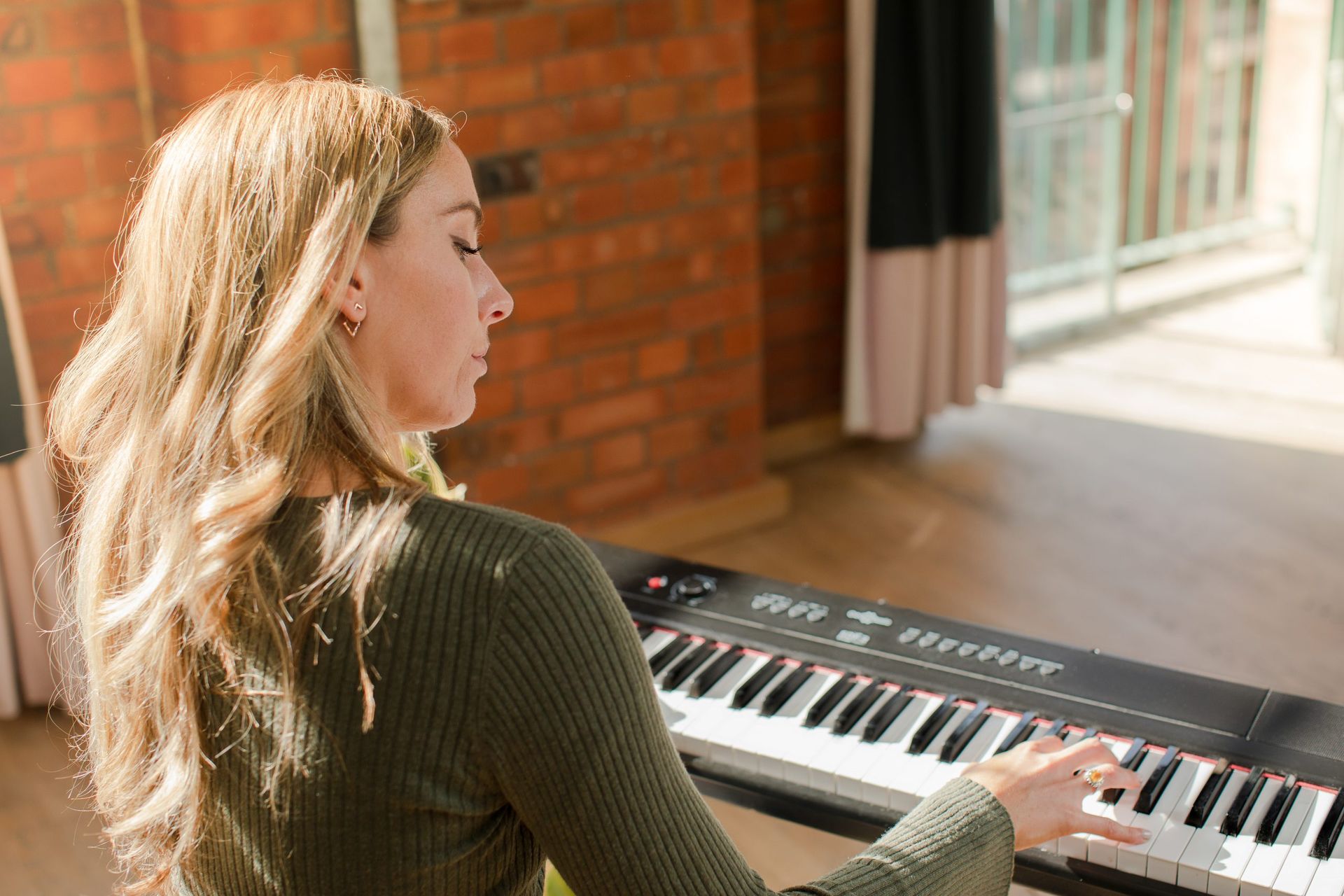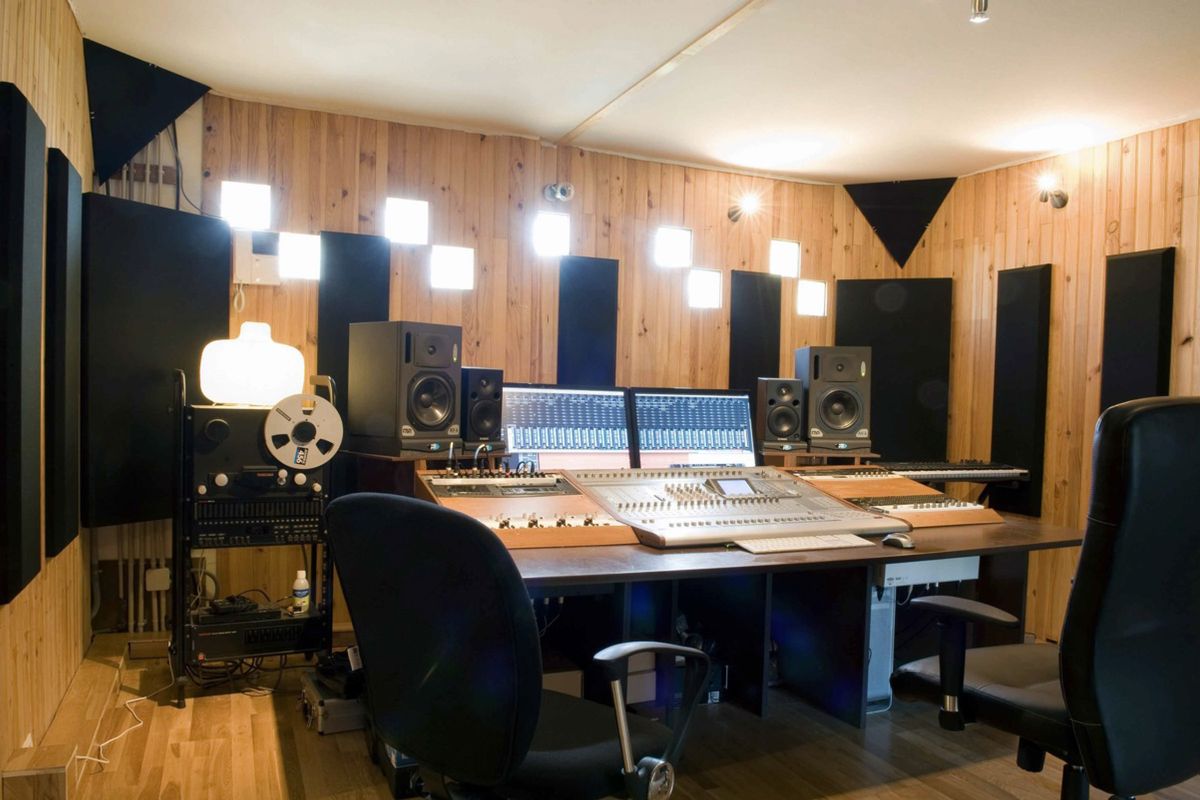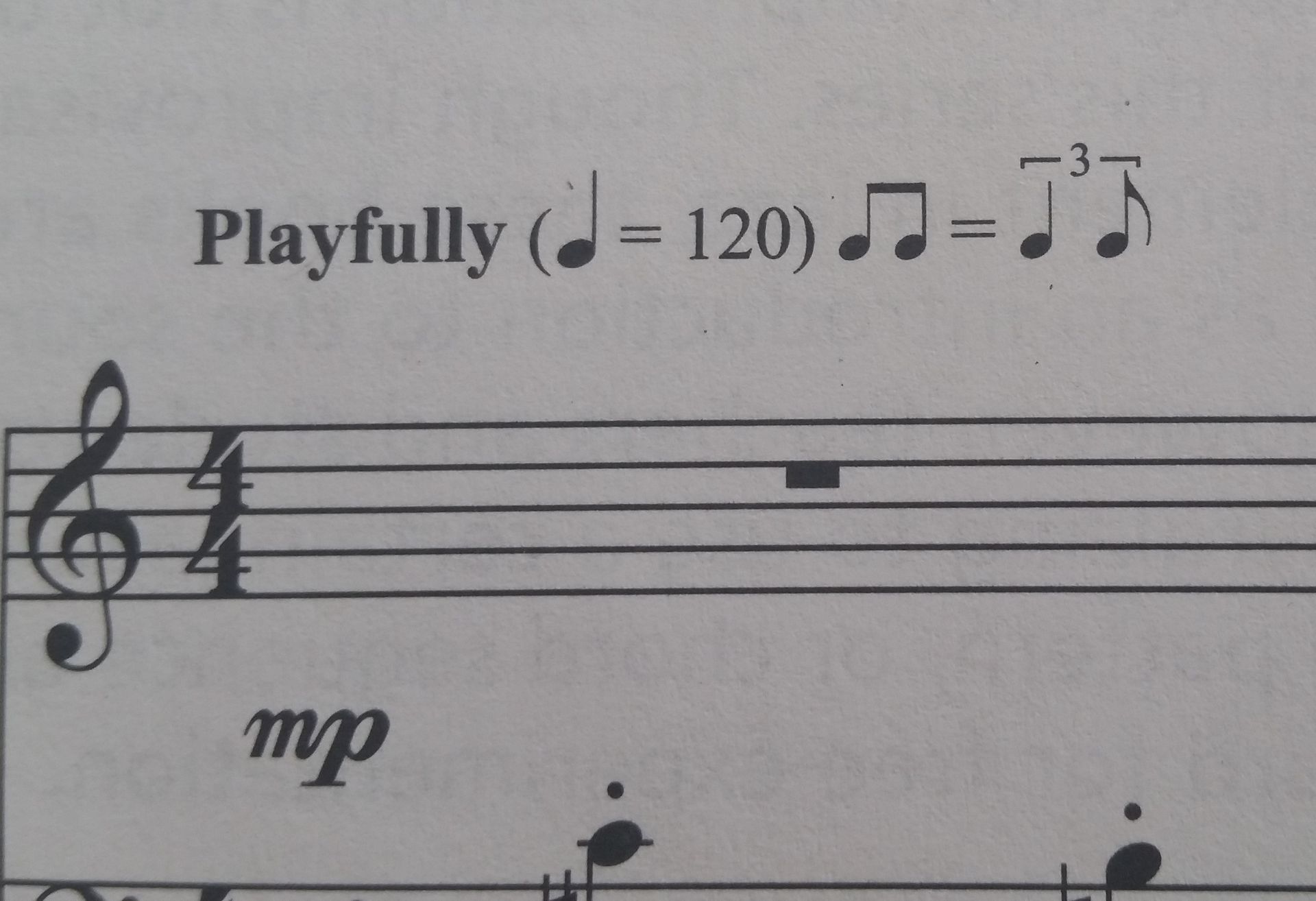Home>Production & Technology>Tempo>What Tempo Is Trap Music
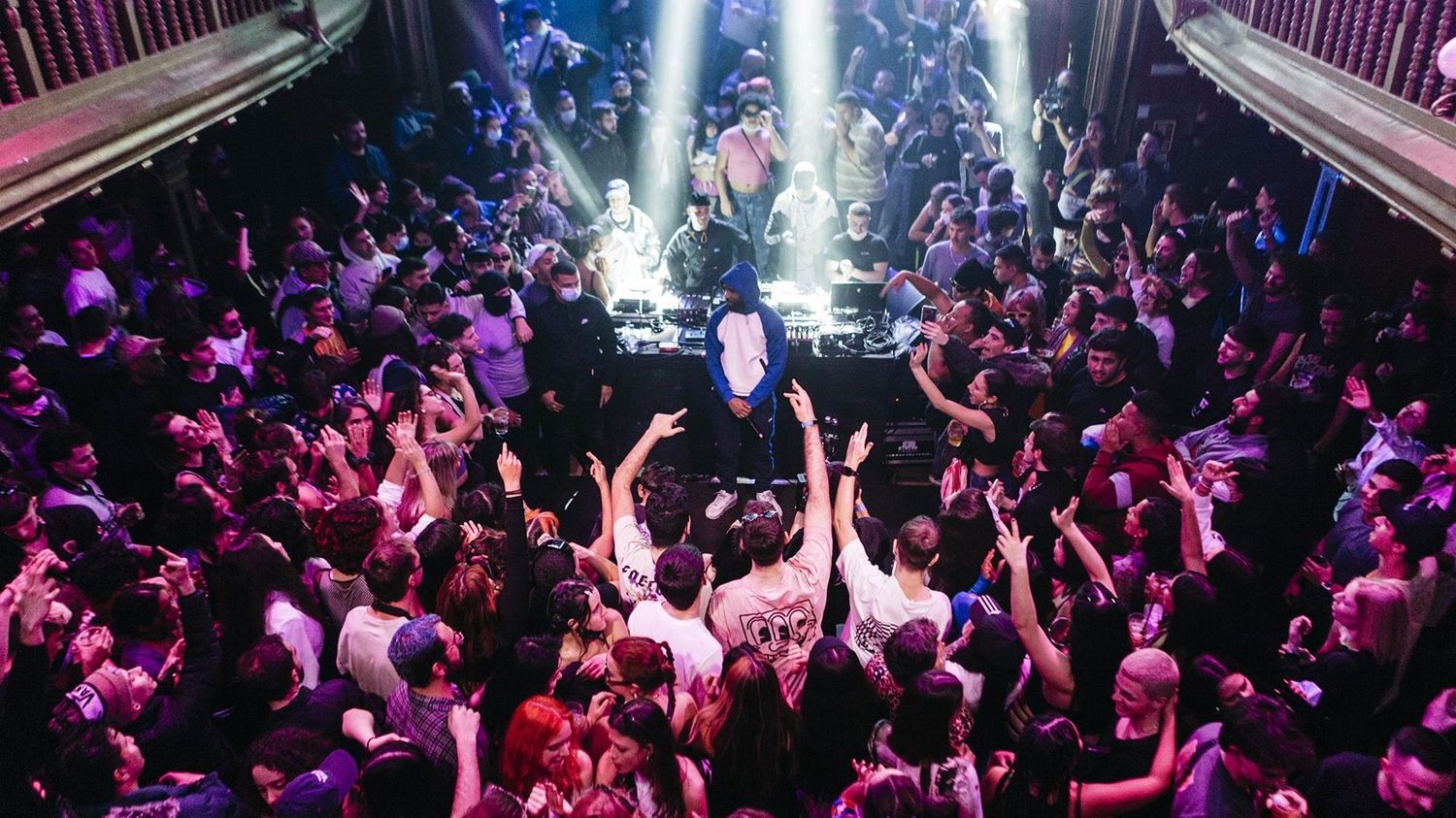

Tempo
What Tempo Is Trap Music
Modified: January 22, 2024
Discover the perfect tempo for trap music and unlock the secret to creating infectious beats. Learn how to master the art of tempo for maximum impact.
(Many of the links in this article redirect to a specific reviewed product. Your purchase of these products through affiliate links helps to generate commission for AudioLover.com, at no extra cost. Learn more)
Table of Contents
Introduction
Trap music has become one of the most popular and influential genres in the music industry. With its distinctive sound and heavy basslines, trap music has managed to captivate audiences worldwide. But what exactly defines trap music? One important element that plays a crucial role in the creation of trap music is tempo.
Tempo refers to the speed or pace at which a piece of music is played. In the case of trap music, it is the tempo that helps to define the energy, mood, and overall vibe of the track. From the booming 808s to the rapid hi-hat patterns, tempo is an essential factor in creating the signature sound of trap music.
In this article, we will dive deep into the world of trap music and explore the significance of tempo in its creation. We will discuss the basics of trap music, the evolution of tempo in trap music, the common tempo ranges used, the influences on tempo selection, the impact of tempo on the mood and energy of trap music, and even the experimentation with tempo in the genre. By the end, you will have a comprehensive understanding of the role that tempo plays in shaping the unique and captivating sound of trap music.
Understanding the Basics of Trap Music
Trap music originated in the early 2000s in the southern United States, particularly in Atlanta. It is heavily influenced by Southern hip-hop and characterized by its hard-hitting beats, dark melodies, and gritty lyrics. Trap music is often associated with themes of street life, hustling, and the struggles of urban communities.
One of the defining characteristics of trap music is its use of repetitive and aggressive drum patterns. The drum patterns in trap music typically consist of booming 808 kicks, snappy snares, and rapid hi-hats. These elements create a pulsating rhythm that drives the energy of the track and sets the foundation for the genre’s distinct sound.
Another key aspect of trap music is the use of layered melodies and atmospheric sounds. This creates a sense of intensity and adds depth to the overall composition. The melodies in trap music often make use of minor scales, creating a darker and more haunting sound.
Lyrically, trap music often explores themes of struggle, drug culture, and street life. Artists use storytelling and vivid imagery to paint a picture of the realities faced in their communities. The lyrics can be raw, honest, and confrontational, reflecting the authenticity and grittiness of the genre.
Now that we have covered the basic elements of trap music, let’s delve into the role that tempo plays in shaping its sonic landscape.
The Evolution of Tempo in Trap Music
When trap music first emerged, its tempo was primarily influenced by its hip-hop roots, typically ranging between 70 and 90 beats per minute (BPM). The slower tempos allowed the hard-hitting drums and basslines to resonate with maximum impact, creating a hypnotic and immersive listening experience.
However, as trap music gained popularity and began to cross over into mainstream culture, artists and producers started experimenting with tempo. They began pushing the boundaries and incorporating faster tempos into their tracks. This shift in tempo allowed trap music to become more energetic, dynamic, and versatile.
In the early 2010s, the rise of EDM (Electronic Dance Music) influenced the tempo of trap music significantly. EDM brought with it a faster-paced electronic sound, and artists started blending trap elements with EDM, creating a subgenre known as “trap EDM” or “EDM trap.” This fusion of genres led to an increase in tempo, with tracks often exceeding 140 BPM.
Furthermore, the incorporation of trap music into the world of pop music further impacted its tempo evolution. To make trap music more accessible to a mainstream audience, some artists began adopting faster tempos, ranging between 120 and 140 BPM. This shift allowed for more energetic and danceable tracks while still retaining the essence of trap music.
Despite the increasing popularity of faster tempos, the slower and mid-tempo trap music still holds its place in the genre. The original tempo range of 70 to 90 BPM continues to be prevalent, catering to the fans who appreciate the heavy basslines and slower, more hypnotic rhythms.
As trap music continues to evolve, artists and producers are constantly pushing the boundaries of tempo to create new and innovative sounds. The genre’s flexibility and ability to adapt to different tempos have played a significant role in its longevity and continued relevance in the music industry.
Common Tempo Ranges in Trap Music
Trap music is known for its diverse range of tempos that contribute to its unique and dynamic sound. While there isn’t a strict rulebook when it comes to tempo selection in trap music, there are some common ranges that are frequently utilized by artists and producers in the genre.
The traditional tempo range for trap music falls between 70 and 90 beats per minute (BPM). This range provides a slower and more laid-back vibe, allowing the heavy basslines and hard-hitting drums to shine while creating a hypnotic and immersive listening experience. Many classic trap tracks, such as those by artists like Gucci Mane and T.I., have utilized tempos within this range.
As trap music has evolved and crossed over into other genres, faster tempos have also become popular. The range of 120 to 140 BPM has gained traction, particularly in trap EDM or crossover trap-pop tracks. These faster tempos inject a higher level of energy into the music, making it more suitable for dancing and energetic live performances.
Additionally, trap music has also experimented with tempos beyond 140 BPM, especially in the realm of EDM trap. These higher tempos allow for a more intense and fast-paced sound, often incorporating elements of electronic music and creating a dynamic fusion.
It’s important to note that tempo selection in trap music isn’t solely determined by numbers. The choice of tempo is also influenced by the desired mood, atmosphere, and energy of the track. Artists and producers carefully consider how the tempo will enhance the overall feel and impact of the music.
Ultimately, the wide range of tempos in trap music provides artists with the freedom to experiment and explore different sonic territories. It allows for versatility in creating tracks that can evoke various emotions and cater to different listening preferences.
Whether it’s the slower and hypnotic rhythms of classic trap or the higher energy of trap EDM, the diverse tempo ranges in trap music contribute to its ever-evolving and captivating nature.
Influences on Tempo Selection in Trap Music
The selection of tempo in trap music is influenced by various factors that contribute to the overall vibe and energy the artist wants to convey in their tracks. These influences can range from artistic choices to cultural and technological shifts influencing the music industry.
One significant influence on tempo selection in trap music is the artist’s creative vision and desired mood of the track. Artists often have a specific vision in mind for their music, and the tempo is a crucial element in bringing that vision to life. The tempo can help set the tone, whether it’s a laid-back and introspective track or an energetic and hard-hitting banger.
Another influential factor is the cultural background and regional roots of the artist. Trap music originated in the south of the United States, where slower and mid-tempo beats were prominent. Artists who come from these regions often embrace and preserve the traditional tempo ranges of trap music, paying homage to its roots.
Technological advancements in music production have also influenced tempo selection in trap music. With the advent of digital audio workstations and software-based music production tools, artists now have more flexibility and control over tempo adjustments. This has allowed for experimentation with both slower and faster tempos, pushing the boundaries of what is traditionally considered trap music.
Collaborations across different genres have also impacted tempo selection in trap music. As trap music continues to crossover and blend with other genres like EDM, pop, and even rock, the tempo choices become more diverse. Artists may adjust the tempo to align with the genre they are collaborating with, creating a fusion of styles and sounds.
Furthermore, audience preferences and the demand for high-energy tracks in live performances and festivals have influenced the selection of faster tempos. The fast-paced nature of trap music lends itself well to energetic live sets and encourages audience engagement.
It’s worth noting that tempo selection in trap music is not static or limited to a certain range. It is constantly evolving and being influenced by various factors, allowing for continuous innovation and creativity within the genre.
The Impact of Tempo on the Mood and Energy of Trap Music
The tempo of a trap music track plays a crucial role in shaping its mood and energy. It sets the pace, groove, and overall feel of the music, becoming a driving force behind the emotional impact it delivers. The tempo can make the difference between a laid-back, reflective track and an energetic, hard-hitting anthem.
Slower tempos, typically ranging from 70 to 90 BPM, create a more relaxed and hypnotic vibe in trap music. This slower pace allows the listener to fully immerse themselves in the heavy basslines, catchy melodies, and intricate drum patterns. The slower tempo gives the music a sense of depth and creates a mesmerizing ambiance that draws in the listener. It can evoke feelings of introspection, contemplation, and even nostalgia, as exemplified in classic trap tracks.
On the other hand, faster tempos, ranging from 120 to 140 BPM and beyond, inject a higher level of energy and intensity into trap music. The rapid-fire drums and energetic basslines create an explosive and electrifying atmosphere. These faster tempos are commonly found in trap EDM or crossover trap-pop tracks, where the goal is to get the crowd moving and dancing. The increased tempo enhances the music’s physical impact, creating a high-energy environment in live performances or clubs.
The tempo of a trap music track can significantly influence the emotions it evokes in the listener. Slower tempos can create a sense of melancholy, reflection, or even a menacing aura, aligning with the gritty and introspective themes often found in trap music. On the other hand, faster tempos can induce excitement, euphoria, and a sense of empowerment, enhancing the party and energetic aspects of the genre.
Moreover, the tempo of a track can affect how the listener engages with the music. Slower tempos allow for a more deliberate focus on the intricate details and nuances of the composition, encouraging a deeper emotional connection. Faster tempos, on the other hand, drive the listener to move, dance, and embrace the physicality of the music, creating a more visceral experience.
Tempo serves as a powerful tool in trap music, influencing the mood, atmosphere, and energy of the music. Whether it’s the slow and haunting basslines or the rapid-fire beats that get the heart pumping, tempo plays a vital role in captivating listeners and creating the signature sound that defines trap music.
Tempo Experimentation in Trap Music
While trap music is known for its distinct tempo ranges, artists and producers within the genre have also embraced the spirit of experimentation when it comes to tempo. This willingness to push boundaries and explore different tempos has resulted in unique and innovative sounds within the genre.
One aspect of tempo experimentation in trap music is the incorporation of slower tempos. Artists have been known to take trap elements and blend them with even slower tempos, creating a subgenre known as “slowed and reverbed” or “chopped and screwed.” This style, popularized by DJ Screw, involves slowing down the tempo, looping sections, and adding effects like pitch shifts and reverberation. This experimentation with slower tempos creates a trippy, atmospheric, and almost hypnotic listening experience.
On the other end of the spectrum, some artists have ventured into faster tempos beyond the traditional ranges of trap music. They have blended trap elements with genres like drum and bass or hardstyle, incorporating tempos exceeding 170 BPM. This experimentation introduces a whole new level of intensity, energy, and aggression to trap music, pushing the boundaries of what is considered typical in the genre.
Additionally, trap music has also found its place in the world of lo-fi hip-hop. Lo-fi trap blends the atmospheric and moody aspects of trap music with the laid-back and low-fidelity sound of lo-fi hip-hop. The slower and relaxed tempos in lo-fi trap create a chilled-out vibe, perfect for studying, relaxing, or simply enjoying a mellow listening experience.
Furthermore, trap music has even ventured into experimental subgenres like “future trap” or “trap metal,” where artists merge trap elements with unconventional tempos and genres like rock or electronic music. This genre-bending experimentation further expands the sonic landscape of trap music, introducing new textures, structures, and emotions.
Tempo experimentation in trap music showcases the genre’s ability to adapt and evolve. By exploring new tempos and combining them with various influences, artists are constantly pushing the boundaries and creating unique sounds that keep the genre fresh and exciting.
Ultimately, tempo experimentation adds another layer of creativity to trap music, allowing artists to break free from conventional norms and build upon the genre’s foundation to create something truly innovative and boundary-pushing.
Conclusion
Tempo plays a pivotal role in the creation and evolution of trap music. Whether it’s the slower, hypnotic beats or the high-energy, fast-paced bangers, tempo helps shape the mood, energy, and overall vibe of the genre.
Trap music has seen a significant evolution in tempo, with artists and producers experimenting and pushing boundaries. From the traditional range of 70 to 90 BPM to the faster tempos exceeding 140 BPM, trap music has proven its versatility and adaptability to different styles and influences. The fusion of trap with EDM, pop, and other genres has further expanded the range of tempos, allowing for creative and dynamic collaborations.
The influences on tempo selection in trap music are diverse, ranging from artistic vision and regional roots to technological advancements and audience preferences. Artists carefully consider the impact of tempo on the mood, energy, and emotional depth of their tracks, using it as a tool to convey their creative vision and connect with listeners.
Tempo experimentation in trap music has led to the emergence of subgenres, such as slowed and reverbed, lo-fi trap, and trap metal, showcasing the genre’s ability to constantly evolve and incorporate new sounds. This experimentation adds another layer of creativity and keeps the genre fresh and exciting for both artists and listeners.
In conclusion, tempo is an essential ingredient in the recipe of trap music. With its ability to shape the mood, energy, and overall impact of the genre, tempo serves as a powerful tool in the hands of artists and producers. As trap music continues to evolve, we can expect further exploration and experimentation with tempo, leading to new sonic landscapes and captivating experiences for trap music enthusiasts.



